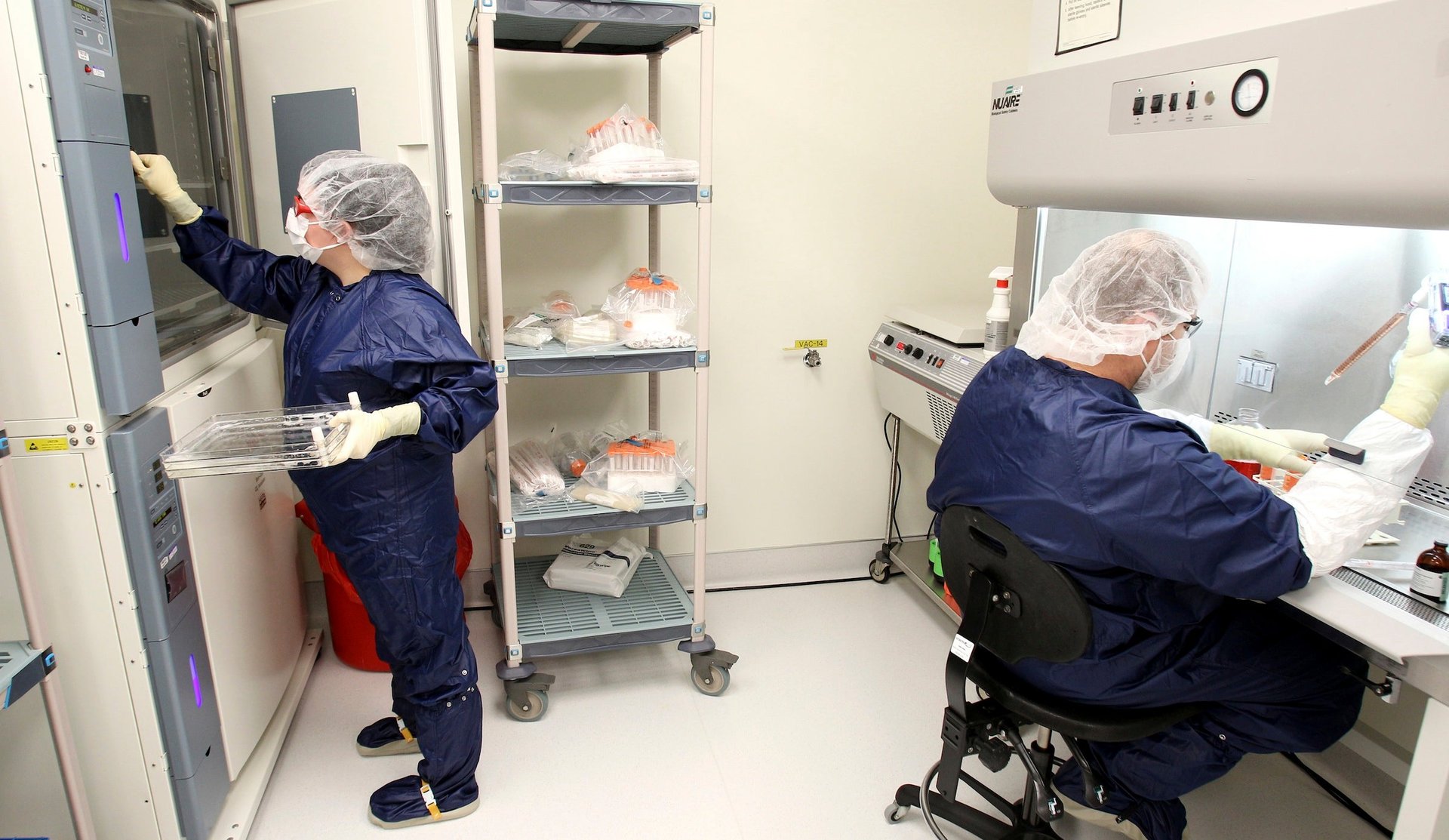The diseases that are driving up American drug spending
Last year saw the biggest overall increase in prescription drug spending in the US since 2003, according to an annual report published by the pharmacy benefit manager Express Scripts.


Last year saw the biggest overall increase in prescription drug spending in the US since 2003, according to an annual report published by the pharmacy benefit manager Express Scripts.
And drug prices are likely to keep rising. Here are the medical conditions with the fastest expected growth in spending per patient over the next three years, calculated by combining the expected increases in cost per dose and rates of use for drugs in each category:

Some major drugs have gone off patent, helping substantially drop prices for conditions such as heart disease. But two things drive costs up: New and better drugs cost more than older drugs and generics. And they tend to be prescribed more often because they work for more patients, are more effective, have fewer side effects, or treat a disease that had few or not very good treatment options.
Often one new approval can drive spending up for the entire country.
That was certainly the case for drugs treating Hepatitis C, where spending will grow the most. The approval of a new class of much more effective drugs (Gilead’s Sovaldi/Harvoni and AbbVie’s Viekera Pak) has dramatically increased overall spending on the disease, and is projected to do so for years to come.
The increase in projected costs for hereditary angioedema, a rare genetic blood disorder affecting less than one in 10,000 Americans, is due to one drug approval (Ruconest) last year and the anticipation of a few more in the next couple of years. High-priced drugs for rare conditions have been a big driver of spending in general.
Treatment for common inflammatory conditions, including arthritis and Crohn’s disease, are dominated by expensive biologic drugs. Most are patent-protected for some time to come, or are years away from facing competition from biosimilars (i.e., drugs with minor chemical differences that have the same effect).
The rising cost of drugs is a tough problem to solve in the US because Medicare, the government’s health-care plan for the poor, can’t (by law) negotiate lower drug prices. The Affordable Care Act means more people are insured, but the market is still far too fragmented for any plan to have much power to push prices down.
There are signs, however, of other ways to cut costs, evidenced by the intense price competition over hepatitis drugs, pharmacy benefit managers excluding certain drugs, and coming generic competition for biologic drugs. But it’ll be years before these have much impact.